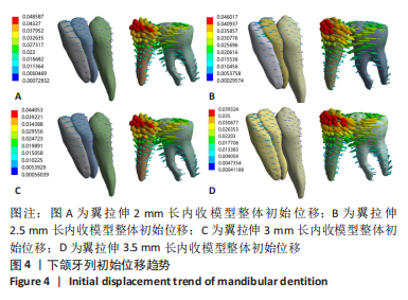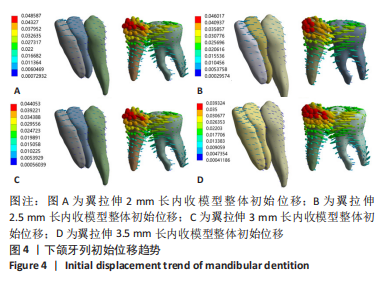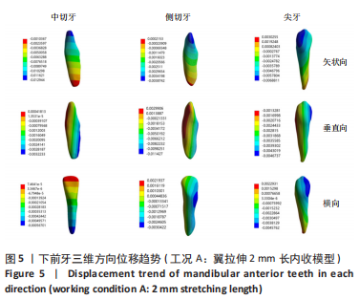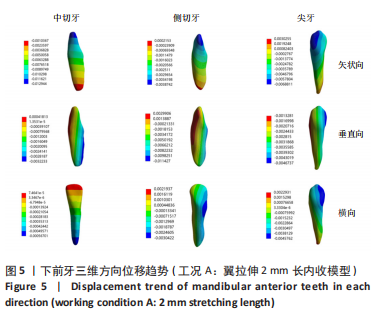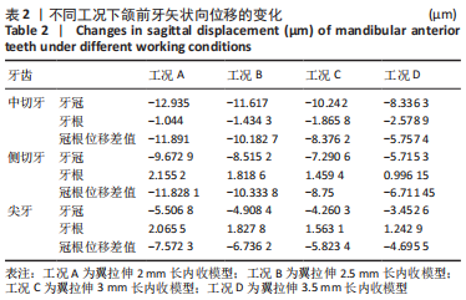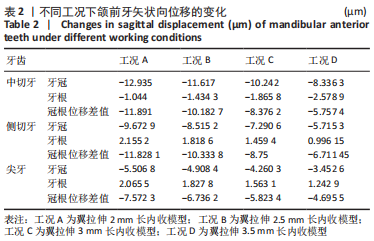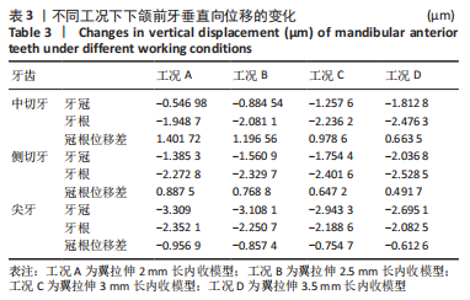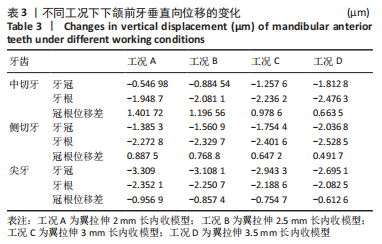[1] WIECHMANN D, RUMMEL V, THALHEIM A, et al. Customized brackets and archwires for lingual orthodontic treatment. Am J Orthod Dentofacial Orthop. 2003;124(5):593-599.
[2] 丁云,徐宝华,Dirk Wiechmann.个性化舌侧矫治技术的特点及其临床应用[J].口腔正畸学,2007,14(3):138-139.
[3] 柳大为,郭亮,荣起国,等.个体化舌侧矫治器滑动法关闭间隙时牙齿移动趋势的三维有限元研究[J].中华口腔正畸学杂志,2011,18(3):135-138.
[4] 荆璇,武秀萍,王军.舌侧矫治技术的临床研究进展[J].国际口腔医学杂志,2018,45(1):100-105.
[5] 陈启锋.舌侧活动翼矫治器治疗双颌前突的临床研究[J].中国美容医学, 2012,21(4):636-640.
[6] 陈启锋.口腔正畸活动翼矫治技术临床病例分析[M].福州:福建科学技术出版社,2010.
[7] 孟焕新.牙周病学[M].3版.北京:人民卫生出版社,2000:14-15.
[8] AMMAR HH, NGAN P, CROUT RJ, et al. Three-dimensional modeling and finite element analysis in treatment planning for orthodontic tooth movement. Am J Orthod Dentofacial Orthop. 2011;139(1):e59-71.
[9] 陈启锋.活动翼矫治器的研制与初步应用[J].口腔正畸学,2006,13(4): 182-186.
[10] 陈启锋.一种舌侧托槽[P].福建:CN201861779U,2011-06-15. doi:10.3760/cma.j.issn.1674-5760.2006.04.009
[11] SCUZZO G, TAKEMOTO K. Lingual Orthodontics - A new approach using STb light lingual system and lingual straight wire. London: Quintessence Publishing Co,Ltd, 2010.
[12] LOMBARDO L, SCUZZO G, ARREGHINI A, et al. 3D FEM comparison of lingual and labial orthodontics in en masse retraction. Prog Orthod. 2014;15(1):38.
[13] NASSIF CE, COTRIM-FERREIRA A, CONTI ACCF, et al. Comparative study of root resorption of maxillary incisors in patients treated with lingual and buccal orthodontics. Angle Orthod. 2017;87(6):795-800.
[14] 王连城,郭子煜,陈裕桦,等.舌侧活动翼矫治技术内收下前牙的三维有限元分析[J].中华口腔正畸学杂志,2022,29(1):29-32.
[15] LIU D, YAN B, LEI F, et al. Different sliding mechanics in space closure of lingual orthodontics: a translational study by three-dimensional finite element method. Am J Transl Res. 2019;11(1):120-130.
[16] LIANG W, RONG Q, LIN J, et al. Torque control of the maxillary incisors in lingual and labial orthodontics: a 3-dimensional finite element analysis. Am J Orthod Dentofacial Orthop. 2009;135(3):316-322.
[17] EL KHOURY T, KARAM R, DIB E, et al. Three-dimensional comparison of the effects of sliding mechanics in labial and lingual orthodontics using the finite element method. Am J Orthod Dentofacial Orthop. 2022;162(1):24-32.
[18] GERON S, ROMANO R, BROSH T. Vertical forces in labial and lingual orthodontics applied on maxillary incisors--a theoretical approach. Angle Orthod. 2004;74(2):195-201.
[19] 李永刚,金晶,孙婧婧,等.双钥匙曲整体内收上前牙的三维有限元研究[J].实用口腔医学杂志,2016,32(3):362-367.
[20] 刘代斌.舌侧矫治技术不同长度牵引钩内收上前牙生物力学特征的三维有限元分析[D].南宁:广西医科大学,2015. |
